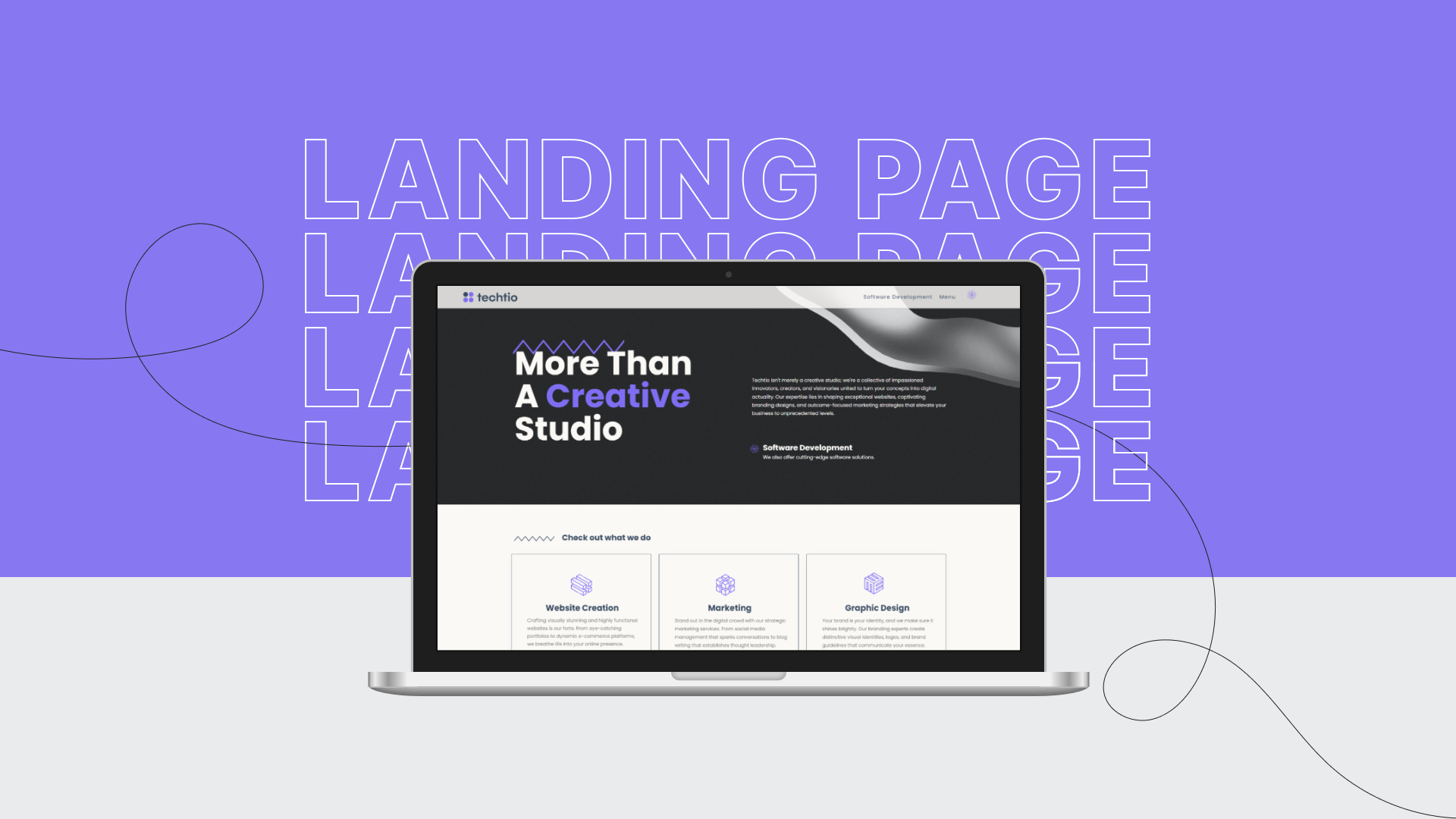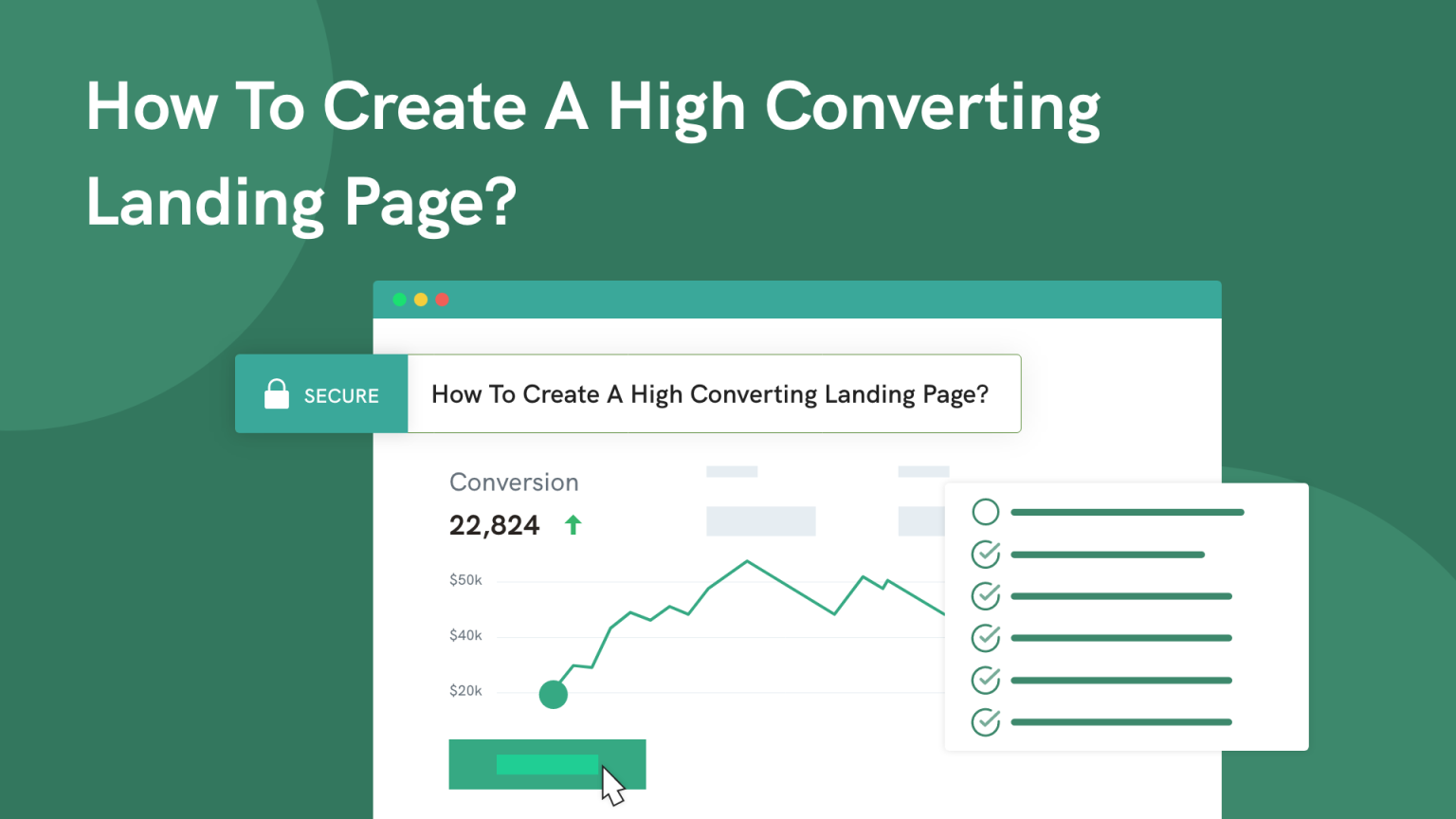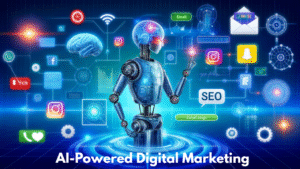In the digital marketing world, a landing page is one of the most powerful tools for driving conversions. Whether your goal is to generate leads, sell a product, or promote an event, a well-designed landing page can make all the difference. However, creating a landing page that converts requires more than just a pretty design—it requires strategy, psychology, and a deep understanding of your audience.
In this article, we’ll walk you through the step-by-step process of creating a high-converting landing page in 2025. From crafting compelling headlines to optimizing for mobile, we’ll cover everything you need to know to turn visitors into customers.
What is a Landing Page?
A landing page is a standalone web page designed for a specific marketing or promotional campaign. Unlike a homepage, which serves multiple purposes, a landing page has a single focus: to convert visitors into leads or customers. This is achieved through a clear call-to-action (CTA), persuasive content, and a user-friendly design.
Why is a High-Converting Landing Page Important?
1. Focused Messaging
A landing page eliminates distractions by focusing on a single goal, whether it’s signing up for a newsletter, downloading an eBook, or making a purchase.
2. Improved Conversion Rates
A well-optimized landing page can significantly increase your conversion rates, helping you get more value from your marketing efforts.
3. Better ROI
By driving targeted traffic to a landing page, you can maximize the return on investment (ROI) of your advertising campaigns.
Step-by-Step Guide to Creating a High-Converting Landing Page
1. Define Your Goal
Before you start designing your landing page, it’s crucial to define your goal. What action do you want visitors to take? Common goals include:
- Lead Generation: Collecting email addresses or contact information.
- Sales: Selling a product or service.
- Event Registration: Encouraging sign-ups for webinars or events.
- Content Downloads: Offering eBooks, whitepapers, or case studies.
Your goal will guide every aspect of your landing page, from the headline to the CTA.
2. Know Your Audience
Understanding your target audience is key to creating a landing page that resonates with them. Ask yourself:
- Who is your ideal customer?
- What are their pain points and challenges?
- What motivates them to take action?
Use this information to craft messaging that speaks directly to your audience’s needs and desires.
3. Craft a Compelling Headline
Your headline is the first thing visitors see, and it has just a few seconds to grab their attention. A strong headline should:
- Be clear and concise.
- Highlight the primary benefit of your offer.
- Include relevant keywords for SEO.
For example, instead of “Sign Up for Our Newsletter,” try “Get Exclusive Tips to Boost Your Sales in 2025.”
4. Write Persuasive Copy
The body of your landing page should persuade visitors to take action. Here’s how to write compelling copy:
- Focus on Benefits: Explain how your offer solves a problem or improves the visitor’s life.
- Use Social Proof: Include testimonials, reviews, or case studies to build trust.
- Keep It Simple: Use short paragraphs, bullet points, and subheadings to make your content easy to read.
5. Design a Clear Call-to-Action (CTA)
Your CTA is the most important element of your landing page. It should be:
- Action-Oriented: Use verbs like “Download,” “Register,” or “Buy Now.”
- Visually Prominent: Use contrasting colors and larger fonts to make your CTA stand out.
- Placed Strategically: Position your CTA above the fold and repeat it throughout the page.
For example, instead of a generic “Submit” button, use a specific CTA like “Get Your Free eBook Today.”
6. Use High-Quality Visuals
Visuals play a crucial role in capturing attention and conveying your message. Use:
- Relevant Images: Choose images that align with your offer and resonate with your audience.
- Videos: A short explainer video can increase engagement and conversions.
- Infographics: Use visuals to simplify complex information.
Ensure your visuals are optimized for fast loading times to avoid slowing down your page.
7. Optimize for Mobile
With over 60% of web traffic coming from mobile devices, your landing page must be mobile-friendly. Here’s how to optimize for mobile:
- Use a responsive design that adapts to different screen sizes.
- Keep forms short and easy to fill out on small screens.
- Ensure buttons and links are large enough to tap easily.
8. Build Trust with Social Proof
Visitors are more likely to convert if they trust your brand. Use social proof to build credibility, such as:
- Testimonials: Share quotes from satisfied customers.
- Reviews: Display star ratings or reviews from platforms like Google or Trustpilot.
- Case Studies: Highlight success stories that demonstrate the value of your offer.
9. Simplify Your Form
If your landing page includes a form, keep it short and simple. Only ask for essential information, such as name and email address. The fewer fields you have, the higher your conversion rate will be.
10. Test and Optimize
Creating a high-converting landing page is an ongoing process. Use A/B testing to experiment with different elements, such as:
- Headlines
- CTAs
- Images
- Form fields
Analyze the results and make data-driven decisions to improve your page’s performance.

Tools to Help You Create a High-Converting Landing Page’s
1. Unbounce
- A drag-and-drop landing page builder with A/B testing and analytics features.
2. Instapage
- A platform for creating, testing, and optimizing landing pages.
3. Google Analytics
- Track your landing page’s performance and identify areas for improvement.
4. Hotjar
- Use heatmaps and session recordings to understand how visitors interact with your page.
Real-World Examples of High-Converting Landing Pages
1. Dropbox
Dropbox’s landing page focuses on simplicity and clarity. The headline (“Everything you need for work, all in one place”) highlights the primary benefit, while the CTA (“Sign up for free”) is clear and action-oriented.
2. Airbnb
Airbnb’s landing page’s uses high-quality visuals and a simple form to encourage bookings. The headline (“Book unique homes and experiences”) appeals to the user’s desire for unique travel experiences.
3. HubSpot
HubSpot’s landing page for its free CRM tool uses a compelling headline (“Free CRM for scaling companies”) and a clear CTA (“Get free CRM”). The page also includes testimonials and a short video to build trust.
Conclusion
Creating a high-converting landing page in 2025 requires a combination of strategic planning, persuasive copywriting, and user-friendly design. By following the steps outlined in this guide, you can create a landing page’s that not only attracts visitors but also drives conversions.
Remember, a successful landing page is not a one-time effort. Continuously test, analyze, and optimize your page to ensure it performs at its best. With the right approach, your landing page’s can become a powerful tool for achieving your business goals.
Read More: The Role of AI in Web Development and Digital Marketing in 2025
High-Authority External Links:
- Google Analytics Help Center – For detailed guidance on tracking and analyzing your landing page’s performance.
- Unbounce Blog – A valuable resource for landing page’s tips, trends, and best practices.





